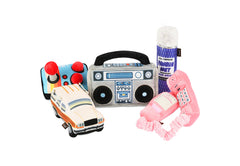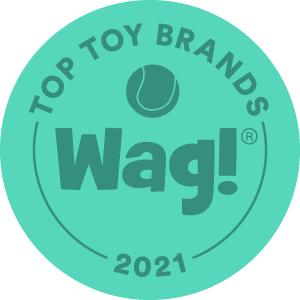These days we’re talking an awful lot about air pollution. We’ve come to realize how badly it affects people and how we can try to prevent it. But what we don’t often consider is how it can affect our pets.
They’re similar to us in a lot of ways. Humans can deal with respiratory issues and cardiovascular issues as a consequence of air pollution, and those are issues that it’s possible for animals to face too.
It’s only recently that scientists have started to consider how air polution in our homes could be harmful to our pets, so let’s take a look at what we are using in our home that is causing air pollution.
Sources of Air Pollution
There are a number of different sources of pollution in your home, some of which you might not even realize are problematic. The first and most talked about one is the cleaning products that you use.
There are some very harmful chemicals in the most common cleaning products including ammonia, chlorine, solvents that have a petroleum base, and they’re effective at cleaning of course, but that comes at a price.
These chemicals can irritate your skin or your eyes and they can cause throat and lung problems for you and your pet. A lot of cleaning products also include ingredients which are Volatile Organic Compounds, or VOCs for short and these are extremely harmful.
These compounds include the likes of styrene and limonene and have a high vapor pressure at room temperature. Our lungs aren’t strong enough to deal with consistent exposure to this kind of pressure and it can cause long-term respiratory problems for us and our pets.
In addition to that, there are some other, more surprising causes of air pollution. Carpet is one that people might not expect. Having carpet as opposed to a hardwood floor leads to dust and chemicals getting stuck and being difficult to clean.
All of those toxins will then circulate in the air and affect your lungs. The paint in your home might be a problem too, especially if you live in an older house that hasn’t been painted in years, it could be lead paint that was used.
Lead poisoning is something that is still a concern for pets, and will cause neurological and digestive decline. And even some newer paints will have VOCs in them too. Anything that’s going to harm us is going to be worse for our pets.
They have heightened sensitivities and less effective immune systems. Consider this for example, humans have about 6 million receptors in our nose, dogs have about 300 million. This increased smell capacity unfortunately also increases their susceptibility to pollutants.
So what can we do?
Solutions
First and foremost, I would strongly recommend that you do away with carpet in your house. Especially if it’s in a room that your dog is going to be in frequently. For their benefit and yours actually, because dog hairs getting caught in the carpet are another cause of air pollution.
And then try and identify whether or not your paint is part of the problem. If your house was built before 1978 there’s a strong chance lead paint was used and if it was in the 1950’s or earlier than it’s almost a guarantee.
If you’re unsure though, you could take some of the paint chips to a public health centre and get them to lab test it for you. If you’ve determined that you do have a lead paint problem, you should either strip it yourself or hire someone to strip it.
It will be a big job but it will be worth it. And then when you’re repainting, be sure to find non-VOC paint. So then in the case of the cleaning products, this is going to be the most significant change because it’s something you use on a daily basis.
You could try and find completely safe, environmentally friendly cleaning products, but the fact is that most of them are probably going to have at least one of the toxic chemicals present, and the ones that don’t have any will be rare and probably expensive.
The real solution here is to make your own cleaning products. And this really isn’t quite as complicated as it sounds. A combination of water, white vinegar and baking soda works wonders in so many different ways.
It’s a great stain remover, you can use it to clean wooden and tiled floors, and it can be used to clean your kitchen sink and garbage disposal. For windows and mirrors, you could mix white vinegar with cornstarch and rubbing alcohol.
You can also include some essential oils in your homemade products if you want to add an aroma that’s pleasing. And then cap it all off with some homemade air freshener in a spray bottle.
This is a much safer, and also much less expensive way to ensure that your house stays clean and is healthy for your pets.
Unfortunately, many people are living in an environment that’s not really hospitable for their beloved pets and they’re completely unaware of it. As you can see though, it is possible to make your home completely free of air pollution with a few changes.






